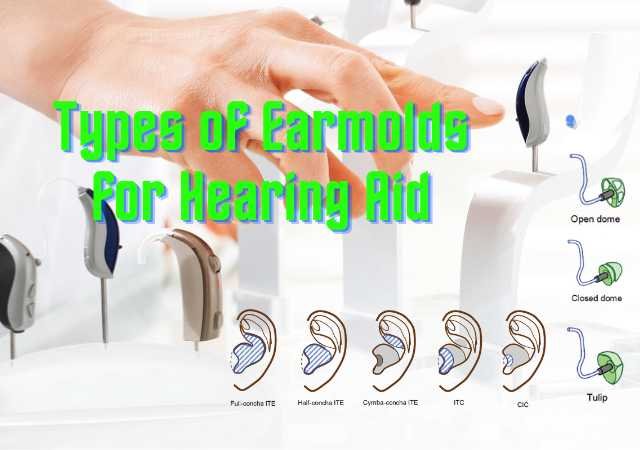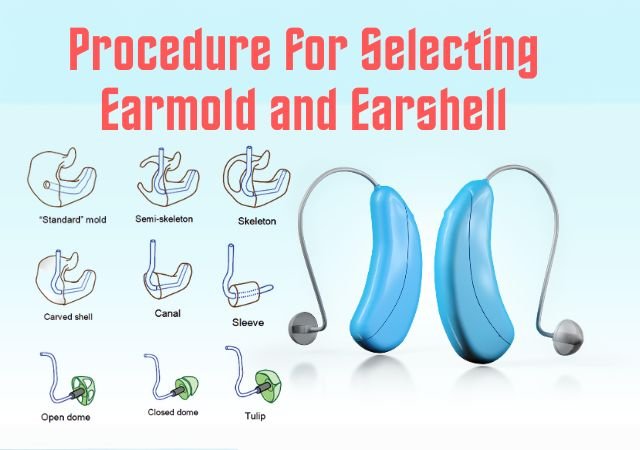Speech Detection Thresholds – Procedure and Application: The threshold for speech can mean the lowest level at which speech is either just audible or just intelligible. The lowest level at which the presence of a speech signal can be heard 50% of the time is called the speech detection threshold (SDT) or the speech awareness threshold (SAT).
Purpose of speech detection thresholds:
- To assess the awareness of the presence of sound and to confirm the client’s thresholds.
- The speech detection threshold is generally used when an SRT (speech reception threshold) is not obtainable.
- This test is to be performed only when we can`t perform SRT (speech reception threshold), for individuals who are not able to repeat words such as non cooperative patient, testing in their second / foreign language and the stroke victims etc.
Materials for speech detection thresholds:
- The type of speech material is not as critical because it reflects detection and not recognition. Some common materials are speech babble, cold running speech (speech which doesn’t change intonation), or familiar words.
- Running speech and sentences are more preferable. Nevertheless, specification of the type of material helps to ensure test-retest reliability and may be useful information for future hearing evaluations.
Procedure of speech detection thresholds:
- Determination of the SDT involves a detection task that is similar to the one used in pure tone threshold audiometry.
- Stimulus familiarization is unnecessary.
- No specific steps (ascending – ascending “10 dB up & 5 dB down or descending method – “10 dB down & 5 dB up”).
- The test can be conducted through head phone or speakers.
- Response mode: A number of response modes can be used to convey signal detection even without repeating it correctly by verbal, hand signal, or push the buttons. Usually, these response modes are nonverbal.
Interpretation of speech detection thresholds:
- The SDT shall be recorded in dB HL. The results should be recorded for each ear on the same form that contains the client’s results for pure tone audiometry.
- The SDT will be 10-12 less than SRT. Generally, the recognition or understanding of the speech stimuli does not occur until about 7-9 dB above the level of detection.
Application of speech detection thresholds:
- SDT is used to cross check the PTA threshold and find out the level of speech recognition also.
- SDT is also helps in better Hearing aid selection.
- Speech detection thresholds also used to find out the differential diagnosis.
- SDT aslo helps to detect functional (Non organic) hearing loss and find out severity of hearing loss.
References:
⇒ https://www.ishaindia.org.in/pdf/Guidelines-Standard-Audiometric-Screening-Procedures.PDF
⇒ Introduction to Audiology – Frederick N.Martin (Book)
⇒ Essentials of Audiology – Stanley A. Gelfand, PhD (Book)
You are reading about:
Speech Detection Thresholds – Procedure and Application
Share this:
- Click to share on X (Opens in new window) X
- Click to share on Facebook (Opens in new window) Facebook
- Click to share on LinkedIn (Opens in new window) LinkedIn
- Click to share on Telegram (Opens in new window) Telegram
- Click to share on WhatsApp (Opens in new window) WhatsApp
- Click to print (Opens in new window) Print







0 Comments